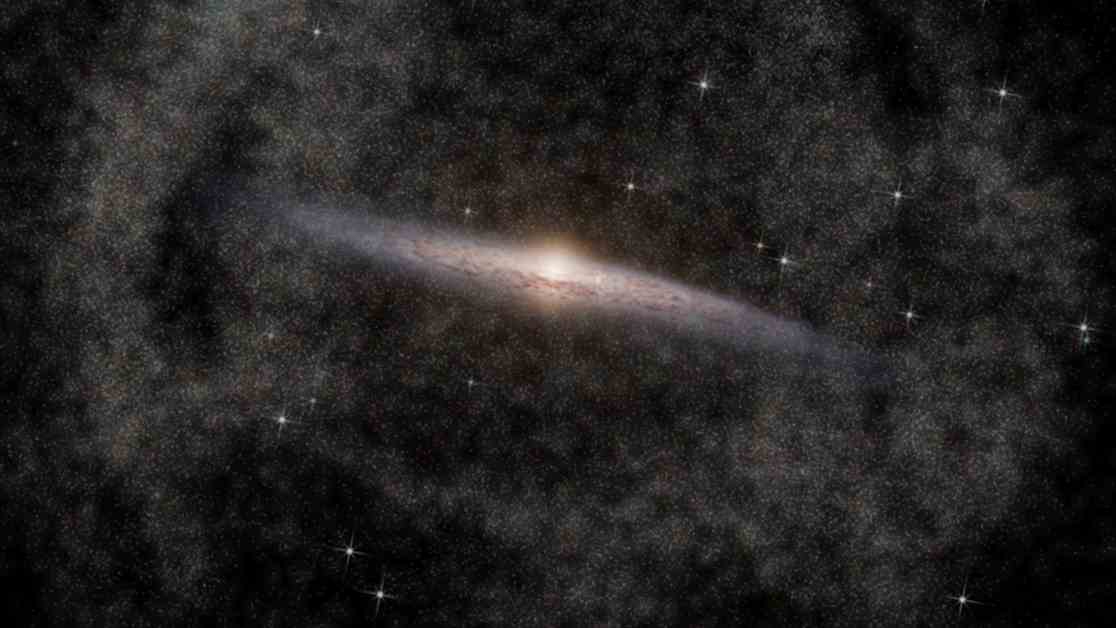The Milky Way’s Recent Galactic Cannibalism
New research from the Gaia space telescope suggests that the Milky Way may have devoured a small galaxy more recently than previously thought. This discovery sheds light on the violent history of our galaxy, which has grown through a series of collisions with smaller galaxies over billions of years. These collisions have left behind a halo of stars that tell the tale of the Milky Way’s cosmic cannibalism.
The Gaia telescope, with its ability to track the positions and movements of over 100,000 stars near our solar system, has revealed that the Milky Way experienced its last major collision much later than scientists had believed. This collision, known as the Gaia-Sausage-Enceladus merger, likely occurred between eight and 11 billion years ago, infusing our galaxy with stars from a massive dwarf galaxy.
Recent observations from Gaia’s Data Release 3 in 2022 have shown that the strange orbits of stars in the Milky Way’s halo could be the result of a different merger event, known as the Virgo Radial Merger, which took place around 2.7 billion years ago. This discovery challenges previous models of the Milky Way’s growth and raises questions about the origins of certain stellar populations in our galaxy.
The ongoing research using Gaia’s data promises to reveal more about the history of the Milky Way and how it has evolved over time. By studying the wrinkles in the galaxy’s structure, scientists hope to uncover more secrets about its past mergers and interactions with other galaxies. The Gaia telescope continues to revolutionize our understanding of the cosmos and rewrite the story of our galactic home.
For more space news and updates, join our Space Forums to engage with fellow enthusiasts about the latest discoveries and missions. If you have any tips, corrections, or comments, reach out to us at community@space.com.
—
**Biography:**
Robert Lea is a science journalist based in the U.K. He has contributed articles to various publications such as Physics World, New Scientist, Astronomy Magazine, and Newsweek. With a bachelor’s degree in physics and astronomy from the U.K.’s Open University, Robert specializes in science communication and is passionate about sharing the wonders of the universe with the public. Follow him on Twitter @sciencef1rst to stay updated on his latest work.



